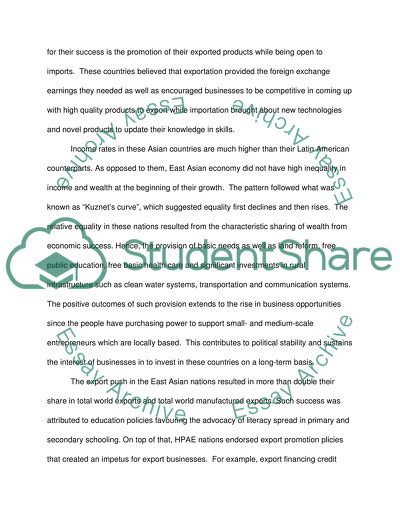Cite this document
(“Resume chapter 16 (EXPORT-ORIENTED GROWTH IN EAST ASIA) Essay”, n.d.)
Resume chapter 16 (EXPORT-ORIENTED GROWTH IN EAST ASIA) Essay. Retrieved from https://studentshare.org/macro-microeconomics/1472839-resume-chapter
Resume chapter 16 (EXPORT-ORIENTED GROWTH IN EAST ASIA) Essay. Retrieved from https://studentshare.org/macro-microeconomics/1472839-resume-chapter
(Resume Chapter 16 (EXPORT-ORIENTED GROWTH IN EAST ASIA) Essay)
Resume Chapter 16 (EXPORT-ORIENTED GROWTH IN EAST ASIA) Essay. https://studentshare.org/macro-microeconomics/1472839-resume-chapter.
Resume Chapter 16 (EXPORT-ORIENTED GROWTH IN EAST ASIA) Essay. https://studentshare.org/macro-microeconomics/1472839-resume-chapter.
“Resume Chapter 16 (EXPORT-ORIENTED GROWTH IN EAST ASIA) Essay”, n.d. https://studentshare.org/macro-microeconomics/1472839-resume-chapter.


